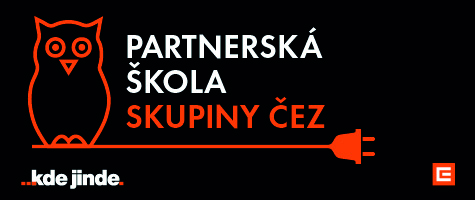Wenceslas Square
Today's Wenceslas Square has changed its name several times in its history. From the foundation of the New Town until 1848 it was called the Horse Market, the former Wenceslas statue, which was replaced by a large statue of Myslbek, which dominates the whole space to this day was removed and the name was changed to commemorate Saint Wenceslas. Wenceslas Square has been written many times in Czech history and has been rebuilt several times into the contemporary modern form. The last reconstruction happened at the end of the 19th century, when the building of the current National Museum was built in the style of Neo-Renaissance. On October 28, 1918, the writer Alois Jirásek and the priest Isodor Zahradník read the text of the declaration of Czechoslovakia in front of the statue of St. Wenceslas. Especially during World War II and during the Soviet occupation on August 21, 1968, the square experienced dramatic events because the Soviets started confusingly firing on the National museum building to “cover” themselves. Several Czechoslovak citizens were hit directly by Soviet bullets. January 16, 1969 near the statue of St. Wenceslas, Jan Palach burnt himself to protest against the Soviet occupation that struck society. Unfortunately, it was all in vain. In 1989 there were several demonstrations against the communist regime, which culminated in the events of November 1989.

